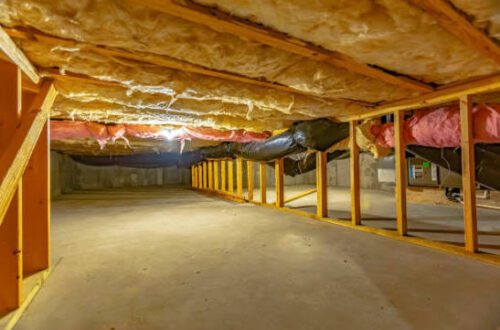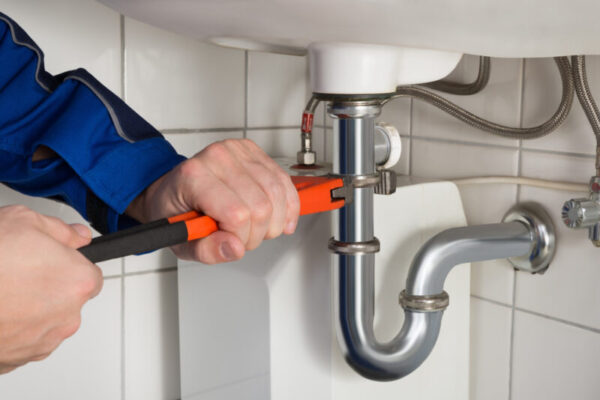Natural light is important. Harsh artificial light can make plants manufacture leaves that reflect that artificial light instead of using those leaves to gather nutrients.
Artificial lighting can cause plants to create stems that lean towards the light. Plants might also respond poorly to artificial light at different wavelengths making lighting an important part of growing healthy plants.
So, what about garden lighting? How can you use lighting as a part of garden maintenance? How can you use lighting as an addition to your garden?
We have some great tips for you! Keep reading to learn more!
1. Make a Sketch of Your Garden
If you plan on installing an effective garden lighting design, it’s essential to sketch your garden so that you can visualize how the lights will be positioned. This helps to determine the correct light fixtures, how many fixtures are needed, and where to place them. Begin by measuring the length and width of the garden and making an outline on graph paper of the shape and size of the garden bed.
2. Identify Your Goal
To maximize the potential of effective garden lighting, it is important to identify and focus on one main goal — what do you want to achieve with lighting? Is it purely decorative? Security?
A mix of both? Is the lighting intended to create an atmosphere in the garden or highlight certain points of focus? Once the goal is established, it is much easier to determine which type of lighting is the most suitable.
3. Determine the Type of Lighting You Need
Pendants, spotlights, wall sconces, and path lights are just a few of the options available. Pendants like this Hunza lighting by Landscape Plus provide a broad area of illumination while spotlights direct light in a specified direction. Wall sconces light up specific parts of a garden while path lights emphasize walkways and other outdoor pathways.
Consider the size and layout of your garden when deciding on the type of lighting you need. Researching your options to understand the differences between these types of lights can help make sure that you choose the lighting that best suits your style and needs.
4. Select the Right Voltage
This will greatly influence the amount of light output, the lifespan of the bulbs, and the safety of the setup. The voltage of the light fixtures should match the voltage of the power source.
Too much or too little voltage can be dangerous, so it is important to find the right match. Choosing the right voltage is an important part of creating an effective garden lighting setup.
5. Hire a Professional Lighting Service
A professional service can provide the best advice needed for a successful lighting installation. They can take into consideration the positioning of lights, the power of lights, and the length of cables needed for lighting outside.
They can also save time as they will have the knowledge and experience to install the lights quickly and safely. They can also provide garden lighting ideas for your home. View this page for more information about hiring a professional lighting service for garden lighting tips.
Make an Amazing Garden Lighting for Your Home
Garden lighting can be a useful addition to any outdoor space. By following these five tips, you’ll be able to plan an effective lighting system that suits your needs. Utilizing the right outdoor lighting fixtures, solar options, and power sources is key to creating a unique and beautiful outdoor oasis.
Follow these five important tips and create your own unique and illuminating garden lighting design. Get started today to create the perfect outdoor living space.
If you want to read more articles, visit our blog.






